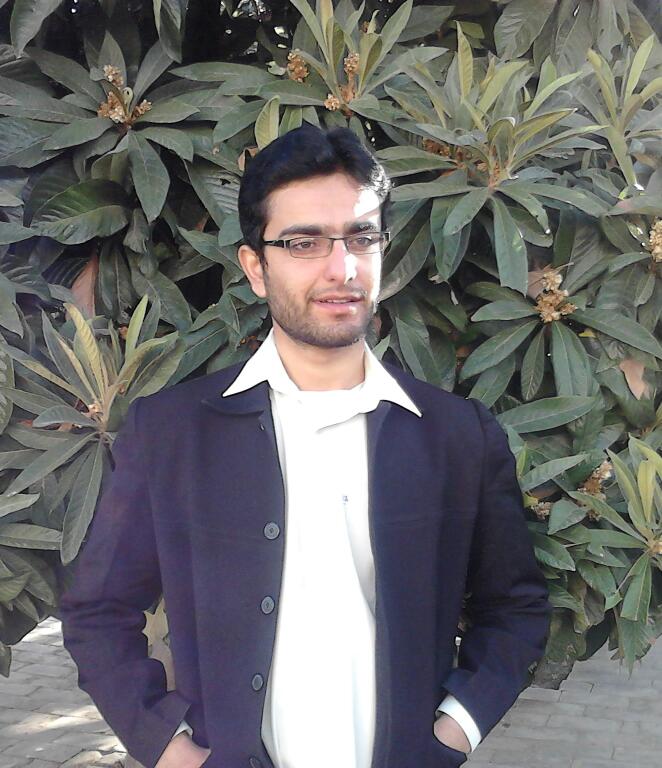The 18th meeting of G-20 Summit will be held in New Delhi on 9-10 September 2023. Indian Prime Minister Narendra Mod will chair the meeting.
G-20 is an intergovernmental organization of 19 countries plus EU. It works on three main areas; global economy, global ecology and sustainable development. The group members represent 90% of world GDP, 80% of global trade, 2/3 of world population and 84% of all fossil fuel emissions. Right after the G-20 meet, the international community will be heading for annual UNGA session from 19 to 29 September 2023.
The meeting is being held in India at a time when India has landed to the moon to become the fourth nation in the world to land on moon and first ever to reach on the south pole. India’s current GDP growth is above 8 and its total volume of economy is 3.75 trillion USD. On 26 August 2023, Prime Minister Modi, during his address to BRICS summit, proposed to make African Union (AU) full member of G-20 summit. Despite ongoing rivalry between China and India, Mr. Modi held a face-to-face meeting at the sideline of BRICS summit.
Despite the fact that India has gained global applaud for its ISRO success, its Pakistan hangover is omnipresent. In May 2023, India organized a controversial meeting of G-20 Tourism Working Group in Srinagar. Despite India’s efforts to invite all the G-20 nations in the working group meeting, China, KSA, Turkey and Egypt boycotted the meeting. It was a diplomatic success for Pakistan as Pakistan’s foreign office had rejected India’s move in the pretext that Jammu and Kashmir is a disputed territory. It shunned PM Modi’s ‘normalcy narrative’ on Kashmir.
India’s intransigent orientation towards Pakistan lacks credence when it comes to regional integration. Intergovernmental organizations pursue regional integration, global economic governance, and amicable use of global commons under the banner of international cooperation. G-20 is also in a pursuit of broad agenda including energy security, climate change, food security, the rule of law, and the fight against terrorism, poverty and disease. With this agenda setting, the member states of the bloc will have to keep their bilateral issues aside and seek mutual cooperation.
South Asia is lacking the prospects of regional integration. The only viable forum South Asian nations had was South Asian Association for Regional Cooperation (SAARC). The forum has been overshadowed due to bilateral disputes between India and Pakistan. The last meeting of SAARC was held in 2014 in Nepal. Pakistan was to host the meeting in 2016 but India refused to participate leaving the organization paralyzed. Since then, the regional cooperation mechanism is at halt despite the fact that India pursued for Bay of Bengal Initiative for Multi-Sectoral Technical and Economic Cooperation (BIMSTEC).
One of the major factors behind the failure of SAARC was India’s big-brother behaviour towards all the SAARCH nations. Ignoring or undermining the statehood of neighbouring countries like Pakistan was a misguided and misled policy of the South Bloc in New Delhi. Things have deteriorated since then and South Asia has lagged behind in the race of regional development. Sri Lanka has defaulted and Pakistan has recently been saved by the IMF package to get away with the potential default. The destiny of entire region depends upon a fresh regional pact.
Amid lack of any regional cooperation body to resolve the issues of South Asia, G-20 provides an opportunity to bring all the South Asian nations together on the platform for economic cooperation. Pakistan’s diplomatic clout needs a relook and reengage with its South Asian neighbours on other-then-SAARC platforms. After SAARC, Pakistan also lost a platform to bring South Asian nations, sans India, together with an objective to coopt a mechanism for cooperation. In the meanwhile, Pakistan’s relations with the 3rd largest nation Bangladesh have also gone through a thin line due to its political history.
Pakistan’s case for G-20 membership is as strong as other member states. A nation of 250 million people with 65% youth bulge is located at the crossroad of geostrategic and geo-economic future. Pakistan has a potential of becoming a 2 trillion USD economy by 2047. According to Food and Agriculture Organization (FAO), World Atlas 2018, Pakistan is ranked 4th in cotton production, 5th in sugarcane while 8th and 10th in wheat and rice production, respectively. This establishes a good case for Pakistan to first become an observer state in G-20 which later on can be translated into full-member status.
The member states of G-20 like China, Turkey, KSA and Indonesia should use their influence in the group to expand the membership to the countries like Pakistan and Bangladesh. These countries not only enjoy cordial relations with Pakistan but also have heavily invested in Pakistan in development and infrastructural projects. The crumbling economy and political instability in Pakistan can have a fair opportunity to align itself with G-20 for stability. Otherwise, a nation of 250 million with weakening economy and state institutions is likely to create hurdles for Sustainable Development Goals (SDGs) set by the United Nations.























